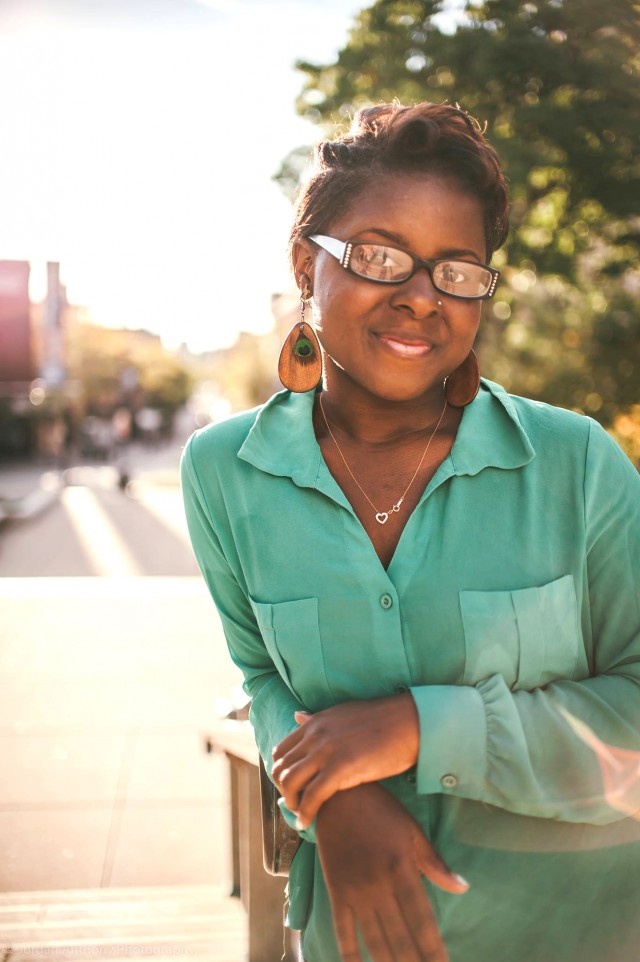Madison is a dynamic city. It’s full of beauty, but also inequality. I was born and raised in Madison. I come from a single-parent, middle-class family. My childhood was full of walks to various parks, farmer’s markets and Mallard’s game-day traffic. I had two or three neighbors of color and we all knew each other. Many of our white neighbors were never that hospitable but we continued to enjoy ourselves. My family has always claimed Madison as our home regardless of the culture differences between ourselves and our neighbors. From a young age, I was taught to think critically about the world around me, to analyze my surroundings and be very mindful of everything that I say or do.
In our household, it was no secret that being black made certain aspects of life difficult. By the time I got to middle school, I was relatively aware of the different disparities that existed. I remember watching students being escorted out of class for being misunderstood, for challenging authority and for breaking rules that never made much sense in the first place. Sometimes I understood why these kids were getting in trouble and sometimes I questioned the motive of the teachers. I started to see how the ramifications that were imposed on those students in middle school were affecting their academic career once I got to high school.
Even though I had a fantastic high school experience, I also started to see Madison’s true colors. I didn’t always have the words to back it up, but I knew for a fact that there was an achievement gap. This was also the time that I started to see how these inequalities directly affected myself and my peers. From being the only black student in an Advanced Placement (AP) class to consistently being perceived as inferior to my white peers. Even before the Race to Equity report became the center of attention, many of the black students at my high school were well aware of the realities of liberal Madison, we just didn’t have the statistics to co-sign our experiences. But as a product of Madison’s north side and alum of Madison East High School, I was still privy to one of the most diverse communities in the city. I didn’t learn to genuinely appreciate that community until I became a student at UW-Madison.
When I first got admitted to Wisconsin’s flagship school, I thought it would be an easy transition with little to no homesickness. I figured that the demographics would be fairly reflective of the greater Madison area. I was sure that UW-Madison would be a decent fit. I knew that the protests caused some divisions between different communities on campus but I couldn’t actually relate to what the black students on campus were experiencing. Once I got to campus, I started to understand. There is an enormous contrast between life on UW-Madison’s campus and the greater Madison area.
Unfortunately, there are not that many students of color, specifically black, that are admitted into the university from Madison, so I was extremely unprepared for such an abstract environment. Despite the fact that I am lucky enough to be surrounded by a supportive learning community, I still feel a considerable amount of isolation. I can walk for blocks and not see a single person that looks like me. As a native of Madison, I have never had to be so conscious of my color until stepping onto that campus.




























